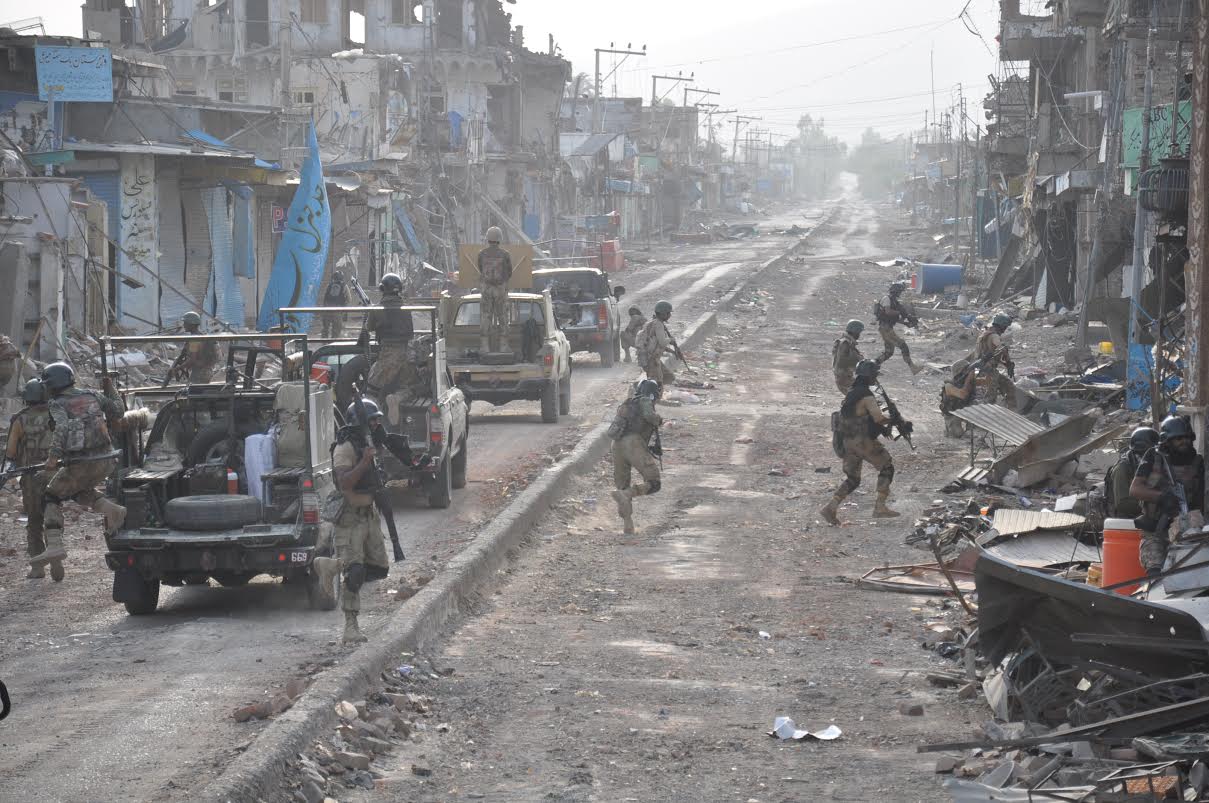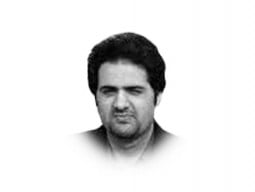
Outside of the press releases from the Inter-Services Public Relations (ISPR), this has been a mostly invisible conflict as far as the civilian population is concerned. There has been almost no battlefield footage — from either side — except for a scattering of still images, mostly of small towns reduced to rubble. The only casualty figures are those released by the ISPR, and while there is no independent verification, the numbers of dead and wounded reportedly suffered by the military may be regarded as accurate.
That is half the story — and half of the battle. What is worryingly absent is an answer to the question — now what? The military has done all that was asked of it. It was not asked to be a peace-builder; it was asked to fight a determined enemy and it did just that. But there is a yawning void in the ‘what now’ box that the government has failed to address. There has been no creation of a narrative to countervail the extremism that the military has fought so bitterly and at such cost. Unless vaccinated against effectively, extremism is a recurrent illness and there is no vaccine in development, never mind available, for field trials. The conditions that allowed extremism to grow and spread are all still in place — and not just in the mountains of North Waziristan. The malaise is nationwide and has its roots in the education system. Ticking the ‘now what’ box is going to be the hardest fight of all — but who will fight it?
Published in The Express Tribune, August 23rd, 2015.
Like Opinion & Editorial on Facebook, follow @ETOpEd on Twitter to receive all updates on all our daily pieces.






1734511806-0/Untitled-design-(5)1734511806-0-270x192.webp)
1734468458-0/Copy-of-Untitled-(50)1734468458-0-270x192.webp)










COMMENTS (1)
Comments are moderated and generally will be posted if they are on-topic and not abusive.
For more information, please see our Comments FAQ